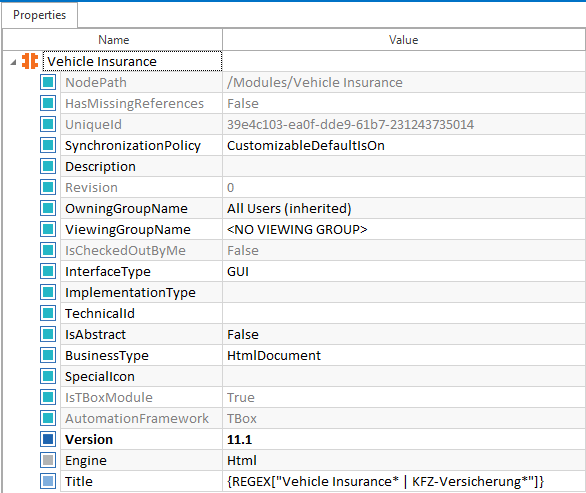


For double digit numbers we have to split the group in two 10-19 (or in regex: "1") and 20. Range 1-20 has both single digit numbers (1-9) and two digit numbers (10-20). 3-9 OR 1) Example: Regex Number Range 1-20 The final regex simply combines these two with the alternation operator (|) resulting in '(3-9|1)' (i.e. The first digit is 1 and the second digit 0-3. Group a) has a single digit and can be matched simply with regex '', while group b) can has two digits. for range 3-13 you can have two groups a) 3-9 and b) 10-13. The easies way to do this is to start by splitting the range based on how many digits each number has.Į.g. In order to match a multi-digit numeric ranges in regex, you need to approach the problem by splitting it into smaller chunks. ), it can be replaced with a shorthand (\d). If the character group allows any digit (i.e. Or you can match a range of digits with a character group e.g. You can use a number from 0 to 9 to match a single choice. With regex you have a couple of options to match a digit. You need to use regex in Google Analytics for example in order to filter numeric values in custom dimensions. There might be also products such as Google Analytics that format custom data values as strings. So why not just convert a string to int before comparison? In some cases you need to find numbers inside strings and regular expression is often an option that performs well. Instead regex goes through the string character by character and checks if it matches the pattern. In other words, a regex doesn't know that 1-10 means any number from 1 to 10. The challenge is that regex doesn't know what a number is. Regular expressions are patterns used to match character combinations in strings. Generated Regular Expression Copy to clipboard


 0 kommentar(er)
0 kommentar(er)
